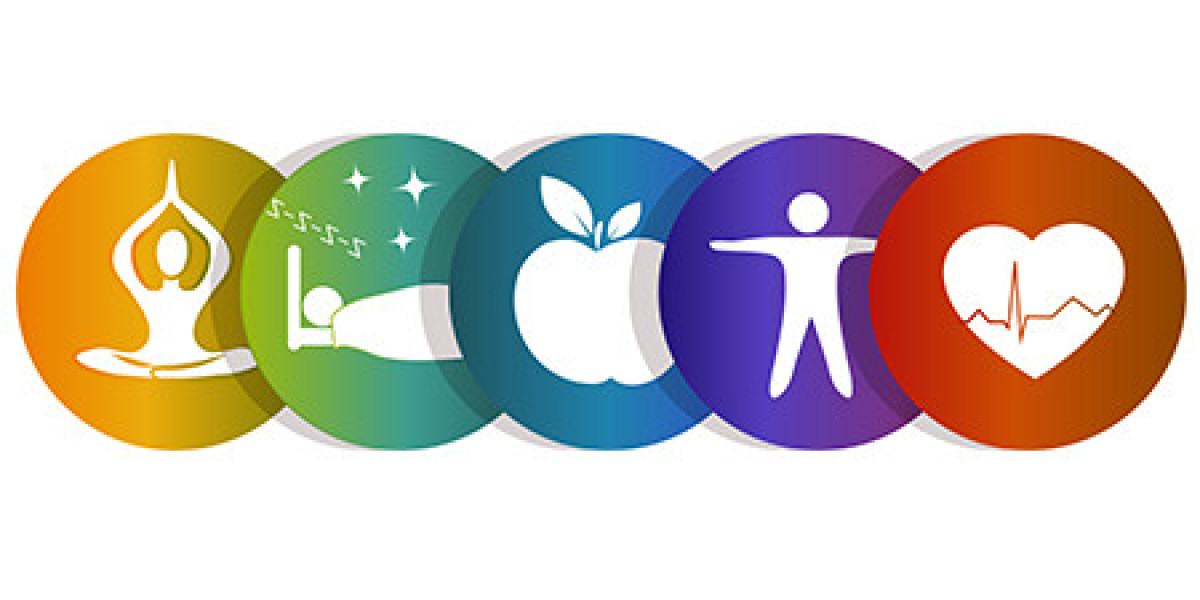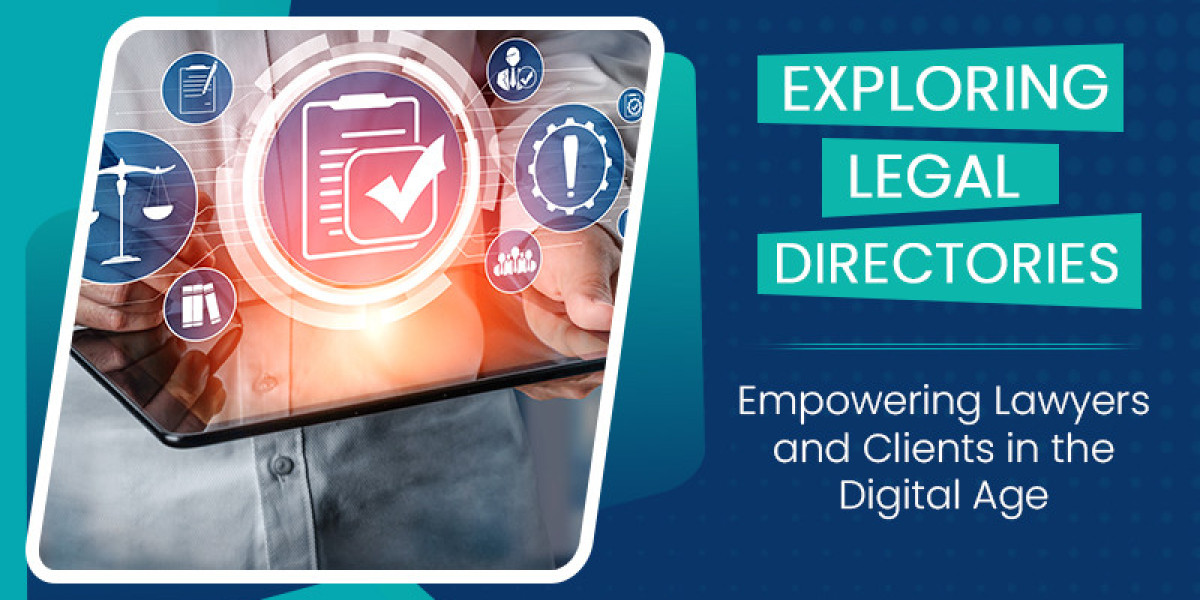Introduction:
In the era of rapid technological advancement, the integration of technology into various aspects of daily life has brought unprecedented conveniences and challenges. This article explores the multifaceted impact of technology on both physical and mental health, analyzing the benefits, disadvantages, and potential treatment approaches in a world increasingly shaped by digital innovation.
I. Technology and Physical Health:
Benefits of Technology on Physical Health:
a. Fitness and Wellness Apps:- Mobile applications and wearables provide personalized fitness routines, encouraging regular physical activity.
- Monitoring devices track metrics like steps, heart rate, and sleep patterns, promoting a holistic approach to health.
b. Telemedicine and Remote Health Monitoring:
- Telemedicine facilitates remote healthcare consultations, improving access to medical advice and reducing barriers to care.
- Remote health monitoring devices allow individuals to track vital signs and manage chronic conditions from the comfort of their homes.
c. Virtual Reality (VR) in Rehabilitation:
- VR technology is utilized in physical rehabilitation, offering immersive exercises to aid recovery after injuries or surgeries.
- Gamification elements in VR enhance engagement and motivation in rehabilitation exercises.
d. Wearable Health Devices:
- Smartwatches and fitness trackers provide real-time data on physical activity, enabling users to set and achieve health goals.
- Alerts and reminders on wearables encourage regular movement, hydration, and posture correction.
Disadvantages and Challenges in Physical Health:
a. Sedentary Lifestyle and Screen Time:
- Prolonged screen time, particularly for sedentary activities, is associated with an increased risk of obesity and musculoskeletal issues.
- Excessive use of technology can contribute to a sedentary lifestyle, negatively impacting overall physical health.
b. Digital Eye Strain:
- Extended use of screens may lead to digital eye strain, causing symptoms like headaches, blurred vision, and dry eyes.
- Poor screen ergonomics and inadequate breaks contribute to eye discomfort and fatigue.
c. Sleep Disruptions:
- Exposure to blue light emitted by screens, especially before bedtime, can disrupt circadian rhythms and contribute to sleep disturbances.
- Constant connectivity and notifications may lead to poor sleep hygiene and increased insomnia risk.
d. Overreliance on Technology for Health Information:
- Dependency on online health information may result in self-diagnosis, leading to anxiety and unnecessary health concerns.
- Lack of quality control and misinformation on the internet can perpetuate health myths and misguided practices.
II. Technology and Mental Health:
Benefits of Technology on Mental Health:
a. Mental Health Apps:
- Mobile apps offer guided meditation, mindfulness exercises, and mood tracking, promoting emotional well-being.
- Accessibility to mental health resources through apps reduces stigma and increases the availability of support.
b. Online Therapy Platforms:
- Teletherapy services provide convenient and accessible mental health support, overcoming geographical barriers.
- Text-based, video, or audio therapy sessions cater to diverse preferences and comfort levels.
c. Social Connection:
- Social media platforms facilitate connections, reducing feelings of isolation and fostering a sense of community.
- Online support groups allow individuals to share experiences and find support for various mental health conditions.
d. Digital Mental Health Interventions:
- Virtual reality therapy is used to treat phobias, anxiety, and PTSD, providing a controlled environment for exposure therapy.
- Mobile interventions, such as cognitive-behavioral therapy (CBT) apps, offer structured programs for managing and overcoming mental health challenges.
Disadvantages and Challenges in Mental Health:
a. Social Media and Mental Health:
- Excessive use of social media is linked to increased anxiety, depression, and feelings of inadequacy.
- Social comparison and the pressure to curate an idealized online persona contribute to mental health concerns.
b. Digital Addiction:
- Compulsive use of smartphones and social media platforms can lead to digital addiction, impacting mental health.
- Constant connectivity and fear of missing out (FOMO) contribute to heightened stress levels.
c. Cyberbullying and Online Harassment:
- Online harassment negatively affects mental health, leading to anxiety, depression, and, in severe cases, suicidal ideation.
- Cyberbullying, especially among adolescents, can have long-lasting psychological consequences.
d. Information Overload and Stress:
- Constant exposure to news and information through digital devices can contribute to information overload and heightened stress levels.
- The 24/7 news cycle and social media may amplify negative events, impacting mental well-being.
III. Treatment Approaches for Technology-Related Health Issues:
Physical Health Interventions:
a. Ergonomic Adjustments:
- Proper screen ergonomics and regular breaks can alleviate digital eye strain and musculoskeletal issues.
- Implementing ergonomic workstations and environments reduces the risk of technology-induced physical health problems.
b. Digital Detox Strategies:
- Encouraging periodic digital detoxes helps mitigate the negative effects of excessive screen time.
- Setting boundaries for technology use, especially before bedtime, supports better sleep hygiene.
c. Incorporating Physical Activity:
- Utilizing fitness apps and wearables to track and motivate physical activity.
- Balancing screen time with outdoor activities and exercises to promote overall well-being.
d. Education on Healthy Technology Use:
- Promoting awareness of the importance of screen breaks and adopting healthy technology use habits.
- Incorporating digital literacy education in schools and workplaces to empower individuals to make informed choices.
Mental Health Interventions:
a. Balancing Online and Offline Social Interaction:
- Encouraging a balance between online and offline social interactions to maintain healthy relationships.
- Establishing boundaries for social media use to prevent negative mental health effects.
b. Mindfulness Practices:
- Promoting mindfulness and stress reduction techniques to manage digital-related stressors.
- Integrating mindfulness apps into daily routines to foster emotional well-being.
c. Digital Well-being Tools:
- Utilizing built-in digital well-being tools on smartphones to monitor and manage screen time.
- Customizing settings for notifications and app usage to minimize distractions and interruptions.
d. Therapeutic Interventions:
- Incorporating therapy and counseling for individuals struggling with technology-related mental health issues.
- Developing specific interventions for individuals dealing with digital addiction or the psychological impacts of cyberbullying.
IV. Striking a Balance: Holistic Approaches to Technology Use:
Digital Literacy Education:
- Early Education Programs: Implementing digital literacy education from an early age to foster responsible technology use.
- Continued Learning: Providing ongoing education for individuals of all ages to navigate the evolving digital landscape.
Creating Digital-Free Spaces:
- Designated Tech-Free Zones: Establishing areas in homes and workplaces where technology use is limited or prohibited.
- Nature Retreats and Unplugged Getaways: Encouraging periodic breaks from technology, such as nature retreats or unplugged vacations.
Encouraging Face-to-Face Interaction:
- Social Connection Initiatives: Encouraging in-person social activities and community events to strengthen face-to-face connections.
- Workplace Initiatives: Implementing policies that promote face-to-face communication, team-building exercises, and social events.
Promoting a Healthy Digital Culture:
- Workplace Policies: Developing workplace policies that encourage breaks, limit after-hours emails, and support a healthy work-life balance.
- Family Guidelines: Establishing family guidelines for technology use, including designated family times without screens.
Conclusion:
The impact of technology on physical and mental health is a complex interplay of benefits and challenges. Embracing the advantages while mitigating the disadvantages requires a holistic approach, involving education, awareness, and proactive measures. By incorporating treatment approaches that address physical and mental health issues related to technology use, individuals can navigate the digital landscape more mindfully. Striking a balance between the conveniences of technology and the preservation of well-being is essential in fostering a healthy relationship with the digital world.



